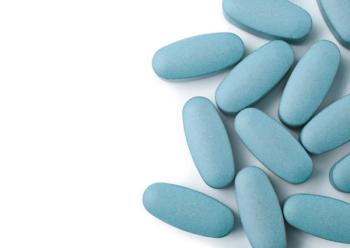
|Slideshows|January 30, 2020
New FDA Warning on Clozapine
Author(s)Chris Aiken, MD
This adverse reaction to clozapine causes more fatalities than neutropenia. Here’s how to prevent it.
Advertisement
Newsletter
Receive trusted psychiatric news, expert analysis, and clinical insights — subscribe today to support your practice and your patients.
Advertisement
Latest CME
Advertisement
Advertisement
Trending on Psychiatric Times
1
Competence and Compassion in the Reiner Family Tragedy
2
Religion and Spirituality in Psychiatry and Mental Health: Clinical Considerations
3
Dronabinol for Agitation in Autism Spectrum Disorder: Research From the National Update on Behavioral Emergencies Conference
4
FDA Recommends Additional Phase 3 Trial for Brilaroxazine for Schizophrenia
5













